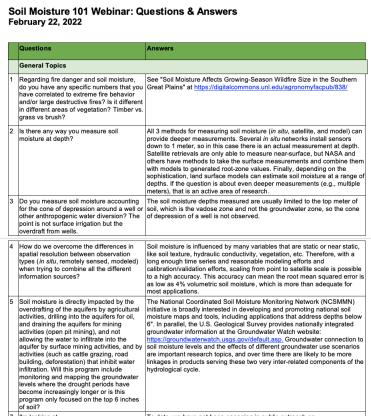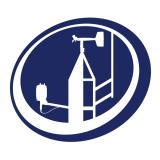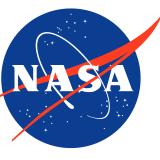Soil Moisture 101: What It Means and How It’s Measured
The National Integrated Drought Information System (NIDIS) and the National Weather Service (NWS) hosted two webinars on soil moisture data and applications. These webinars were intended to help NWS operational forecasters and other weather & climate service providers better understand soil moisture monitoring and its practical applications.
This first webinar, held on February 22, 2022, provided an overview of soil moisture monitoring and interpretation, including a review of the three main techniques for estimating soil moisture conditions: in situ ground-based systems, satellite measurements, and land surface model outputs.
The second webinar, held on March 29, 2022, featured presentations from climate service professionals on how soil moisture informs their decision making.
This webinar series was sponsored in part by the National Coordinated Soil Moisture Monitoring Network. For more information, please email Marina Skumanich (marina.skumanich@noaa.gov)







